Here’s a list of once-failing malls in the country that have been successfully revived to become thriving businesses, again
Swiss author and entrepreneur Rolf Dobeli has an interesting observation about shopping centres: “If you spend fifteen minutes in a shopping mall,” he said, “you will pass more people than our ancestors saw during their entire lifetimes”. Although it holds true for any public space, it reflects the fact that malls today have become social hubs, thriving with people and pulsating with vibrant energy.
Unfortunately, not all malls that are built, end up being social centres. While some fail to pick up from the beginning, a few others get off to a great start only to spin into a downward spiral with time to become ghost malls—those with occupancy below 60%.
In 2022, about 57 malls, or 21% of malls, across the top eight cities in India were in a dilapidated state, causing losses of above $524 million as per Think India, Think Retail 2022 report by Knight Frank.
“There are 273 malls in India, of these, 35-39% malls are doing well,” said Abhishek Sharma, Director- Retail Agency, Knight Frank India.
Fortunately, many of the ghost malls or dead malls can be brought back to life with the right strategy which includes rezoning the mall, improving circulation and changing the brand mix, as per Sharma. Here, we list flailing malls that have been successfully turned around in alphabetical order of their names.
Aashima Mall, Bhopal
Gross leasable area: 3 lakh sq. ft.
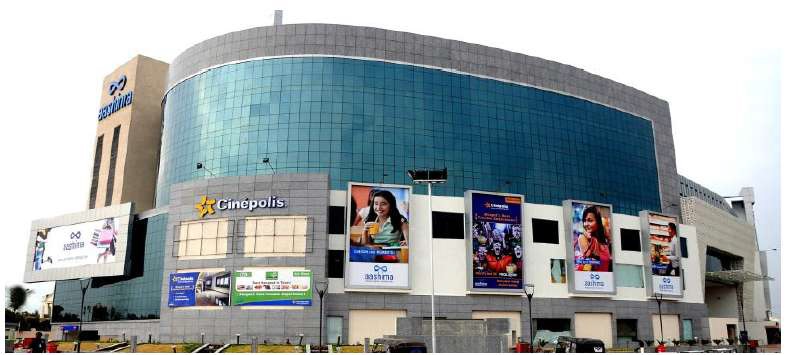
Located on Hoshangabad Road, Bhopal in Madhya Pradesh, Aashima Mall was launched in 2012 by ARK Developers, a leading real estate player in central India. The mixed-use property housing retail as well as offices was launched with many expectations. However, it failed to attract tenants and in consequence, footfall. The mall struggled to survive with only 15% occupancy.
Turnaround tale: The mall team hired external consultants Beyond Squarefeet to revive it. The main challenge, which the consultants found, was the layout and the lack of circulation. So, the first order of business was to make it more customer-friendly. “If a mall is not retail friendly or consumer friendly, I don’t see any retailer coming there,” said Susil Dungarwal, chief mall mechanic at Beyond Squarefeet Advisory Pvt. Ltd. that specialises in mall management and revival and that handled the project.
The turnaround included redoing the entire interiors to ensure vertical and horizontal movement of people. The developers spent about Rs1.5 to Rs2 crore to revive the mall, shared Dungarwal.
Impact: Today, the mall is 98% occupied with 101 stores of brands like Cinepolis (7 screens), Reliance Trends, Reliance Mart, Wrangler, Yoko Sizzlers and Puma. It has parking for 800 cars and a food court with 13 operational kitchens. It boasts an average footfall of about 10,000 per day, up significantly from about 1000 a day. Trending density increased to Rs1200 per square foot.
Income, from the mall, which was in the negative, turned into a positive by almost Rs85 lakh per month.
Amanora Mall, Pune
Gross leasable area: 1 million sq. ft.
No. of separately leased doors: 250
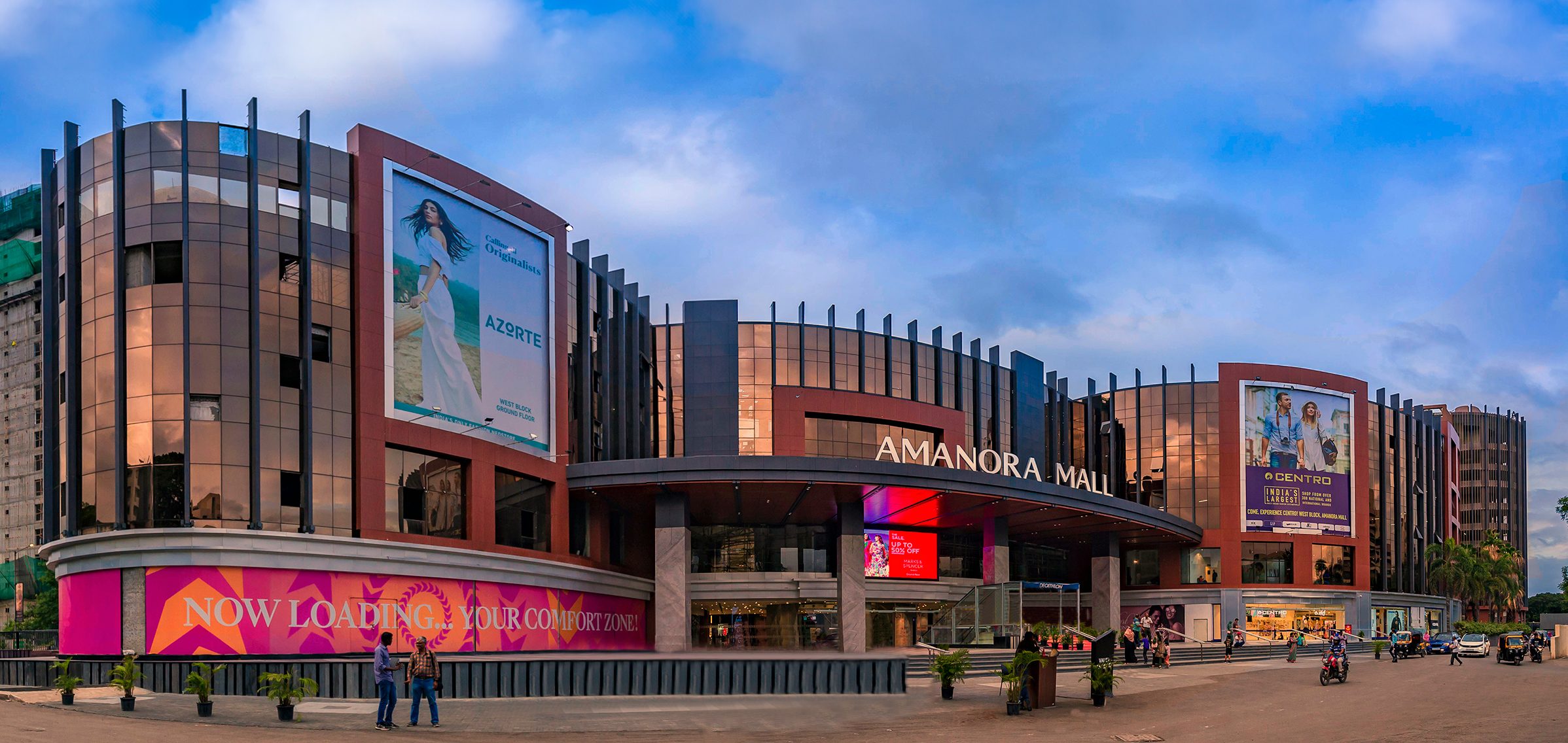
In 2011, Amanora Mall developed by City Corporation Limited, was launched in Magarpatta, Pune amid much fanfare. Being the only mall in the vicinity, it had a great inaugural run. Its fortunes changed after a change in ownership and the mall struggled to attract business.
Turnaround tale: In 2017, Surjit Singh Rajpurohit assumed leadership as the chief executive officer of the mall and started on a mission to initiate a turnaround. The strategy included modernizing the mall’s architecture and layout, upgrading amenities, and optimizing the retail mix as per the catchment needs. The West Block of the mall, the atrium and the elevation were redone to give it a fresh appearance and ambience. The Foodcourt too got a facelift and can now seat 1200 people and houses 21 kitchens.
The team set about removing non-performing brands and leasing new aspirational brands, which were a mix of destination and neighbourhood brands, leveraging the strengths of both the immediate and primary catchment. Some of the brands onboarded include Azorte, Centro, Gap, Hard Rock Cafe, Westside, Aldo, Bath & Body Works, Beverly Hills Polo Club, Adidas and Just In Time. Smaaash! and electric Go-Kart were introduced in Pune.
The mall also started hosting several marketing activities including Back-to-School, WOW 23, Ice Cream Fest, Black Friday Sale & End of Season Sale, the festive campaign “Unwrap Joy,” and a kids-centric event with Hamleys.
Impact: All the efforts led to increased footfall, boosted sales for tenants, and a buzz and excitement about the mall in the community. Today, the mall is 92% leased and records an average footfall of 60,000 on weekdays and about 1.5 lakh on weekends as per company sources.
Adding fashion, food, and sportswear brands significantly contributed to a jump in trading density from Rs600 per sq. ft. to Rs1,300 per sq. ft.
The mall’s turnaround not only got the attention of tenants and customers but also of the industry. This year Amanora Mall was the recipient of IMAGES Most Admired Shopping Centre Turnaround of the Year.
Coromandel Plaza/Vivira Mall, Chennai
Gross leasable area: 3.5 lakh sq. ft.
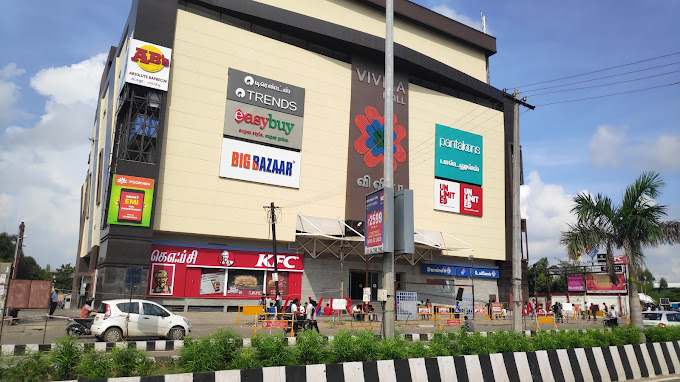
Located on the Old Mahabalipuram Road (OMR) in Chennai Tamil Nadu, Vivira Mall by Suryavardhan Estates Private Limited, started as Coromandel Plaza around 2016. It could manage to attract only three tenants—a multiplex, a Domino’s and a KFC. Realising the need to breathe new life into it, the developers brought in external experts.
Turnaround tale: “Either from outside or from inside the mall did not have anything to call it a mall—it looked like an industrial building from the outside,” said Dungarwal about the project. The makeover included changing the façade of the mall, adding lifts and escalators to increase vertical transportation of people and a complete layout change to make every store visible from everywhere. Next came adding a food court, a hypermarket and entertainment centres. The makeover also encompassed changing the name Coromandel Plaza, as it had a lot of negativity around it. The makeover cost was in the house of Rs 8 to Rs 9 crore.
Several new brands which are a mix of national, international and local brands were onboarded. These include KFC, Zudio, Smart Bazaar, Pantaloons, Reliance Trends, Bata, Nishikas, Khadims, Croma, Thallu Vandi and Fish Kiss among others.
Impact: The mall got a new life and identity. The mall went from being visited by about 300 people a day to about 12,000 to 15,000 per day on average in a month. When the makeover was completed in 2017, occupancy was 95%, today it is about 85%, shared Dungarwal.
Trading density today is about Rs900 per square foot. From having to spend Rs25 lakh per month on its upkeep from their own pockets, the developers started earning Rs 2 crore income in rent.
Garuda Mall, Bengaluru
Gross leasing area: 3.5 lakh sq. ft.
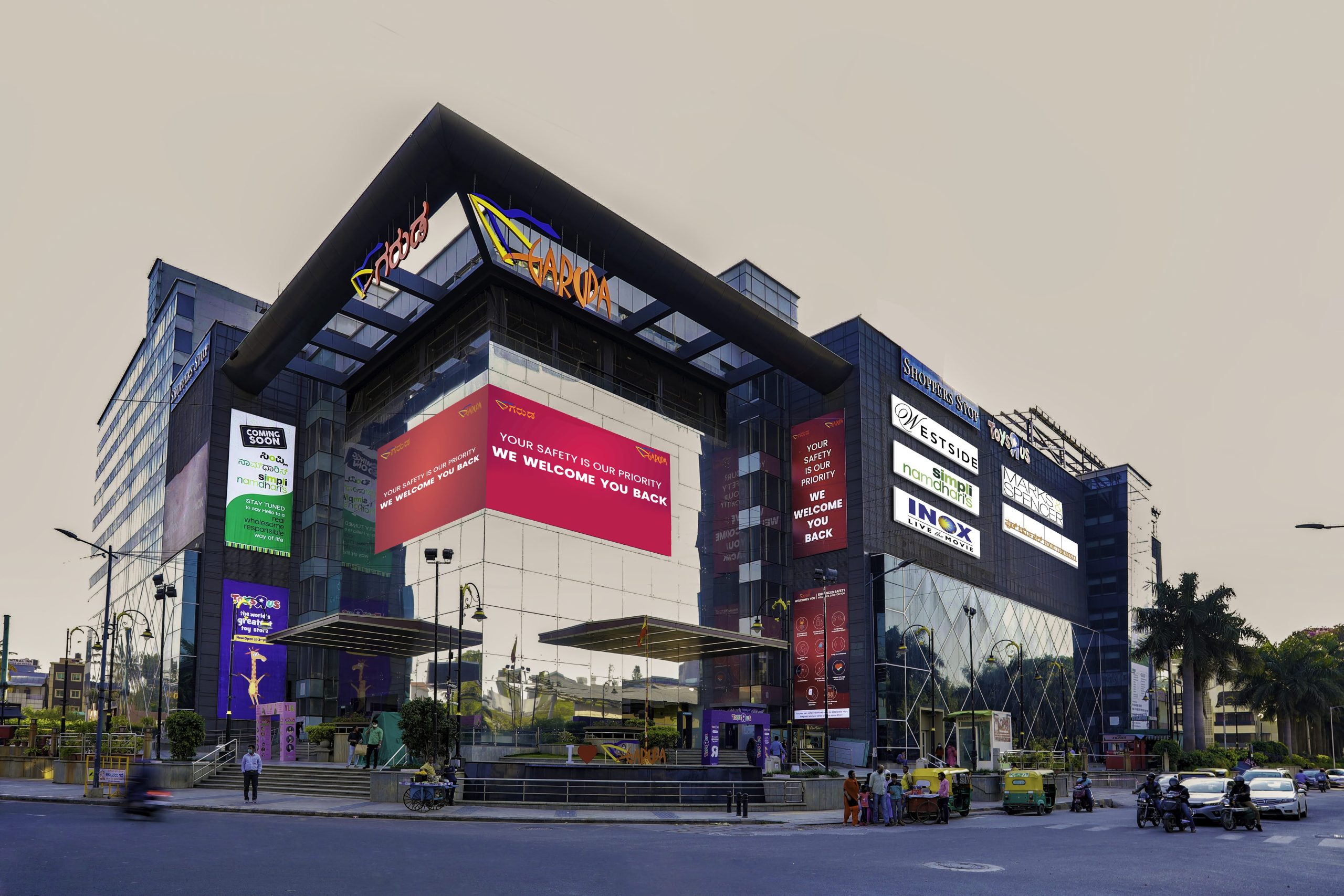
The Garuda Mall by Maverick Holdings and Investments Pvt. Ltd. has been a landmark on Magrath Road, Ashok Nagar in Bengaluru since its launch in 2005.
The mall which did quite well for 18 years, found it difficult to get back on track after the pandemic.
Turnaround tale: The mall team decided to use the lean period for a makeover which included vibrant interiors, LED installations inside and outside the mall, restrooms upgrade, introduction of a baby care room, improved car parking and connectivity from the basement to the top floors by escalator and elevators and better circulation.
The driving thought was to enhance the shopping experience of customers and simplify everything. Elements using the latest technology such as digital payments were added. More importantly, based on the changing needs of the customers, the retail mix changed to add missing product/brand categories.
New additions included a 35,000 sq. ft. Skyjumper Trampoline Park, brands like Croma, Simpli Namdharis, Royaloak, Rowan Toys, Pan Asian restaurant, Mango, Bebe, Forever New, Dyson, Bath and Body Works, Mamaearth, Giva and Ancestry to name a few. The food offerings in the mall too underwent an overhaul. The mall hosts several events such as food festivals, photography events and chess tournaments for kids among others.
Impact: As a result of the makeover, footfall went up by 28%, foodcourt sales increased by 50% and store sales have seen an increase in sales by 10% to 12 %. The mall registers an average footfall per weekday of 19,000 to 20,000 and an average footfall per day on weekends of 40,000 to 45,000.
Overall average sales increased by Rs.200 per sq. ft. because of the enhanced brand mix in all categories, and additions like Skyjumper entertainment zone.
This year Garuda Mall was the recipient of IMAGES Most Admired Shopping Centre Turnaround of the Year.
Texvalley Mall, Erode
Gross leasable area: 2 million sq. ft.
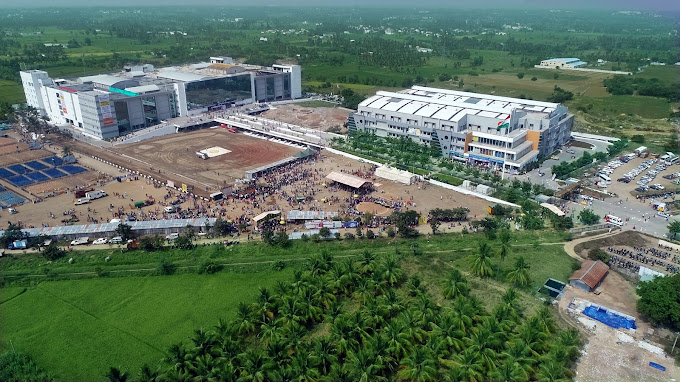
Texvalley in Erode, Tamil Nadu by Erode Textile Mall Private Limited, was launched in August 2014 as a business-to-business (B2B) mall for the textile industry, where textile manufacturers had set up shops, which occupied about 20-35% of the property. Being a B2B mall, the footfall was low although business was decent.
The low footfall had earned it a negative reputation of being a deserted property, over some time.
The developers decided to change this perception and reorient the entire structure as well as the business model to make it a combination of B2B as well as business-to-consumer (B2C). They also wanted to capitalise on the fact that Erode did not have a proper mall.
Turnaround tale: An area of 0.4 million sq. ft. was earmarked for the B2C mall. The new mall will have a hypermarket, a five-screen multiplex, a 500-seater food court, a family entertainment centre and about 100 retail outlets leading food and fashion anchors. The developers have brought in an external agency and hired Jonathan Yach, a renowned international mall veteran with 35 years of experience to head the mall as its chief asset officer.
Expected impact: The vision of the developers is to create India’s largest B2B & B2C destination mall. From the current 500 brands that are present in the mall representing textile and related industries and a turnover of Rs750 crore, the new mall will house about 1500 global brands to clock a turnover of Rs5,000 crore by 2024, the promoters said in a statement announcing the makeover of the brand in June 2022. The developers are aiming for a footfall of over five lakh visitors a month by June 2024.
The mall is likely to get operational in March 2023, Dungarwal, whose company is working on the transformation said.
What experts say about ghost malls
Ghost malls are characterized as malls with over 40% vacancy due to challenges such as inadequate planning and the absence of key tenants, these have emerged as a result of the changing retail landscape influenced by e-commerce and the pandemic. Developers need to reimagine malls, focusing on experiential value to attract customers seeking quality time, not just transactions.
—Anshuman Magazine, Chairman & CEO – India, South-East Asia, Middle East & Africa, CBRE, a global commercial real estate services and investments company.
In most of the so-called dead malls, there are always some layout issues, which have to be identified properly and aligned in a way which is easy for the customer.
—Susil Dungarwal, chief mall mechanic at Beyond Squarefeet Advisory Pvt. Ltd.



